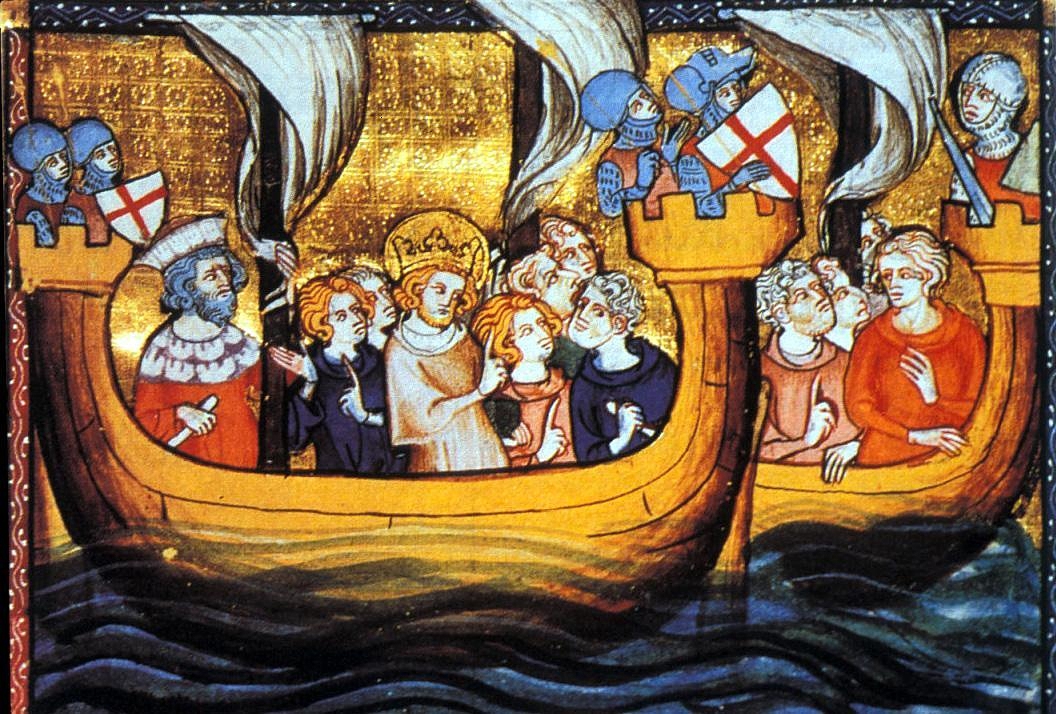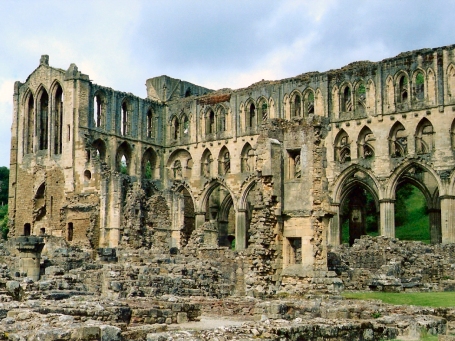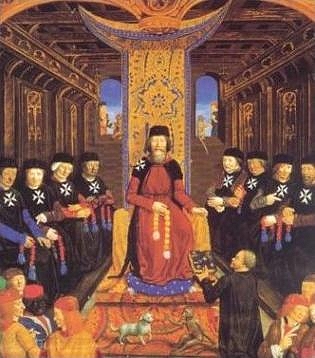
Throughout the Middle Ages a succession of popes outlined the powers and responsibilities they believed they held under their papal authority, including political power. As the head of the Church, the pope was very important. On this, everyone agreed; but some scholars went further than this. They argued that the Pope should even tell kings and princes what to do. Continue reading ...
For most monks and nuns the basis of their daily life was the Rule of Saint Benedict. In his rule, Benedict devised a rigid, monotonous routine of work, prayer, study and sleep designed to make the mind and the will submissive to God. Continue reading ...
"Surely it is an intrepid knight, protected on every side, who clothes his body with the armor of iron and his soul with the armor of faith." Saint Bernard, Abbot of Clairvaux Continue reading ...
Saints usually become patrons of countries, professions, and special needs through popular devotion rather than by any official designation. Continue reading ...
After the fall of the Roman Empire, an indigenous form of Christianity developed in the British Isles which was regarded by Rome with great mistrust. It celebrated the divine spirit in all living creatures and plants as well as in the human soul. Continue reading ...

Cathedrals, as well as many abbey churches and basilicas, have certain complex structural forms that are found less often in parish churches. Read more at Wikipedia.

The Hospitallers arose in the early 11th century, at the time of the great monastic reformation, as a group of individuals associated with an Amalfitan hospital in the Muristan district of Jerusalem, dedicated to John the Baptist and founded around 1023 by Gerard Thom to provide care for sick, poor or injured pilgrims coming to the Holy Land. ... Read more at Wikipedia.

The gods and goddesses of the pre-Christian Celtic peoples are known from a variety of sources, including ancient places of worship, statues, engravings, cult objects and place or personal names. Read more at Wikipedia